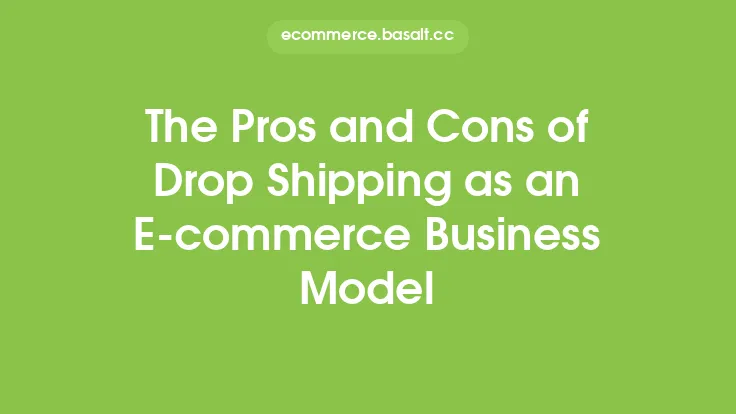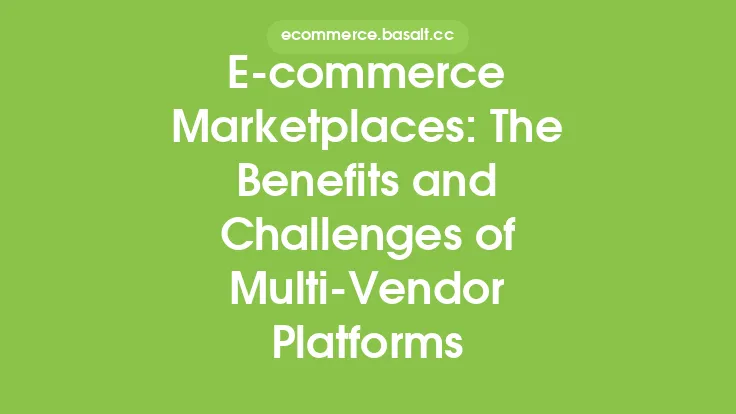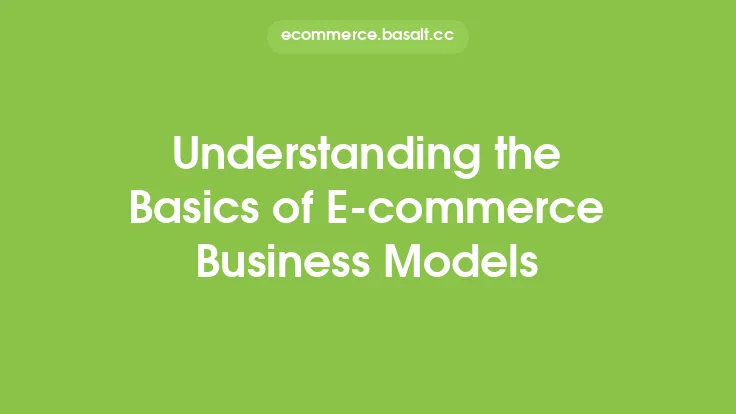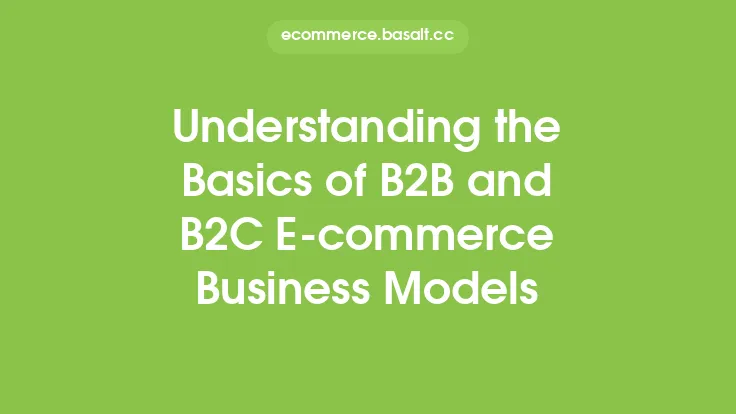Drop shipping has become a popular e-commerce business model in recent years, and for good reason. It allows entrepreneurs to start an online store without having to hold any inventory, which can be a significant advantage for those who are just starting out or who don't have a lot of capital to invest. However, like any business model, drop shipping has its benefits and challenges, and it's essential to understand these before deciding if it's the right model for your e-commerce business.
What is Drop Shipping?
Drop shipping is a retail fulfillment method where a store does not keep the products it sells in stock. Instead, it purchases the products from a third-party supplier and has them shipped directly to the customer. This means that the store never actually sees or handles the products, and the supplier is responsible for storing and shipping the products. This model can be beneficial for stores that want to offer a wide range of products without having to hold a large inventory.
Benefits of Drop Shipping
There are several benefits to using the drop shipping model for your e-commerce business. One of the most significant advantages is that it requires little to no upfront inventory costs. This means that you can start an online store without having to invest a lot of money in inventory, which can be a significant barrier to entry for many entrepreneurs. Additionally, drop shipping allows you to offer a wide range of products to your customers without having to hold a large inventory, which can be beneficial for stores that want to cater to a niche market or offer a variety of products.
Another benefit of drop shipping is that it allows you to focus on marketing and sales, rather than inventory management and fulfillment. This can be a significant advantage for entrepreneurs who are skilled at marketing and sales, but may not have the expertise or resources to manage a large inventory. Additionally, drop shipping can be a low-risk business model, as you are not responsible for storing or shipping the products, and you only pay for the products that you sell.
Challenges of Drop Shipping
While drop shipping can be a beneficial business model, it also has its challenges. One of the most significant challenges is finding reliable suppliers who can provide high-quality products and ship them quickly and efficiently. This can be a difficult task, especially for entrepreneurs who are new to the industry and may not have established relationships with suppliers. Additionally, drop shipping can be a low-margin business model, as you are not able to control the pricing of the products and may have to compete with other stores that are selling the same products.
Another challenge of drop shipping is managing customer expectations and providing good customer service. When you are using a drop shipping model, you are relying on your suppliers to ship the products to your customers, which can make it difficult to control the customer experience. This can be a significant challenge, especially if your suppliers are not reliable or are not providing good customer service. Additionally, drop shipping can be a complex business model to manage, as you have to coordinate with your suppliers and manage your inventory and shipping in real-time.
How to Overcome the Challenges of Drop Shipping
While drop shipping can be a challenging business model, there are several ways to overcome these challenges. One of the most effective ways is to find reliable suppliers who can provide high-quality products and ship them quickly and efficiently. This can be done by researching potential suppliers, reading reviews and testimonials from other customers, and contacting them directly to ask about their products and shipping policies.
Another way to overcome the challenges of drop shipping is to use technology to manage your inventory and shipping in real-time. This can be done by using e-commerce platforms and apps that allow you to track your inventory and shipping, and communicate with your suppliers and customers. Additionally, providing good customer service is essential to building trust and loyalty with your customers, and can be done by responding promptly to customer inquiries, resolving issues quickly and efficiently, and offering refunds or replacements when necessary.
Best Practices for Drop Shipping
There are several best practices that can help you succeed with a drop shipping business model. One of the most effective ways is to start small and test your products and suppliers before scaling up your business. This can be done by starting with a small number of products and suppliers, and gradually adding more as you gain experience and build relationships with your suppliers.
Another best practice is to communicate clearly with your customers about your shipping policies and procedures. This can be done by including clear and concise information about your shipping policies on your website, and responding promptly to customer inquiries about shipping and delivery. Additionally, using high-quality product images and descriptions can help to build trust and credibility with your customers, and increase the chances of making a sale.
Conclusion
Drop shipping can be a beneficial e-commerce business model for entrepreneurs who want to start an online store without having to hold any inventory. While it has its benefits, such as requiring little to no upfront inventory costs and allowing you to focus on marketing and sales, it also has its challenges, such as finding reliable suppliers and managing customer expectations. By understanding the benefits and challenges of drop shipping, and using best practices such as finding reliable suppliers, using technology to manage your inventory and shipping, and providing good customer service, you can overcome the challenges of drop shipping and build a successful e-commerce business.





